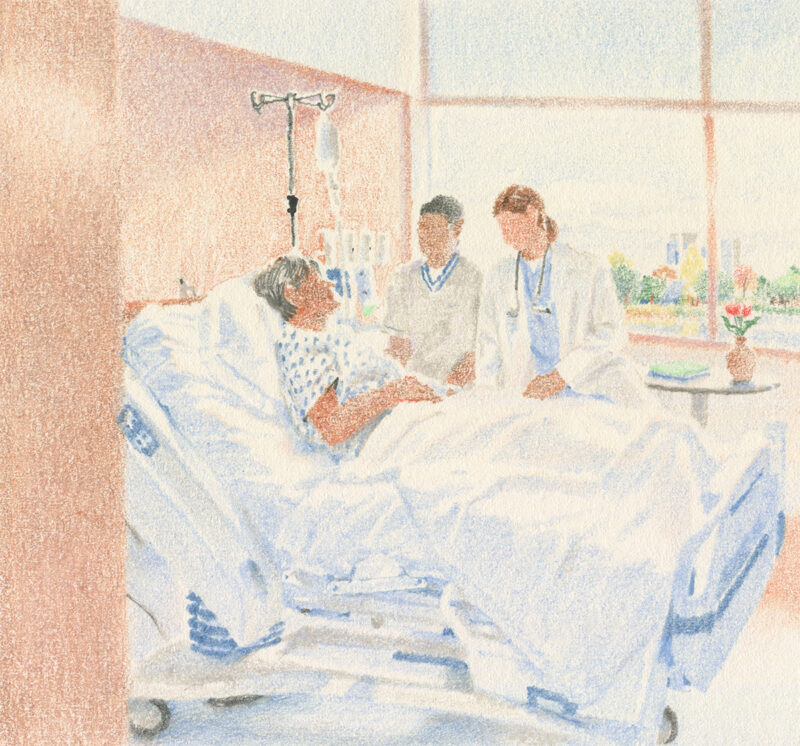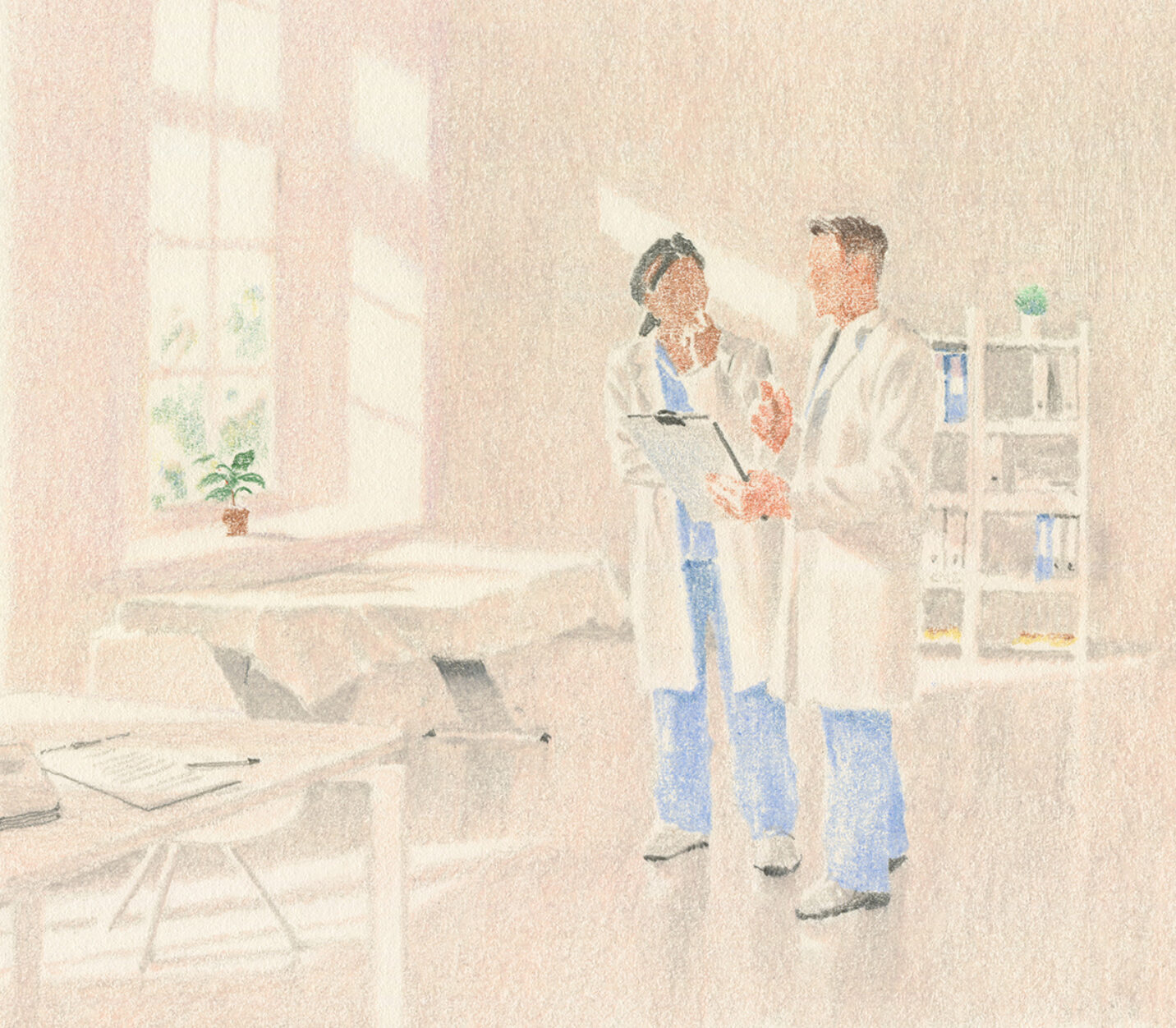Patients in a large southern medical center were experiencing longer-than-expected hold times in the emergency department (ED), once admitted. An unwelcome bottleneck between the ED and getting to an inpatient bed, these holds could last for days. The issue hit home for Sound’s Hospital Medicine (HM) and Emergency Medicine (EM) teams: What if that were their family member? Moved to do better, they leaned in together with full support from hospital administration to put together a plan that would, over several months’ time, shift the tide dramatically.
Opportunity
With a newly integrated hospital and emergency medicine presence at the medical center, Sound’s clinical performance nurses — a role unique to their hospital medicine practice — seized on the opportunity to improve collaboration between the teams and tighten focus around these “in-between” patients. The goal was to shorten hold times and move them to inpatient sooner or get them home, if safe to do so.

Integration improves patient flow and care
Transformative change
Sound’s HM team took the lead on piloting new protocols, in collaboration with Sound’s EM team, to radically decrease ED patient hold hours. What they jointly implemented and continue to co-own has contributed to significantly lower patient hold hours.
- Constant communication. The teams stay connected throughout the day with a HIPAA-compliant messaging platform to better track patient movement, progress, and needs. This helps reduce the hours a patient is in a hold and allows them to more efficiently be discharged home or moved to an
inpatient room. - Daily rounding. The teams meet Monday through Friday to review patient barriers to care within the hospital as well as once they’re discharged and align on next steps for care. Early on, rounding included the chief medical officer, the associate medical officer, the associate chief nursing officer, clinical performance nurses, case managers and nurse managers. Now, a pared down team continues rounding on patients — with a high level of confidence from leadership based on continued results.
- Downgrading patients. If a patient no longer requires a high level of care, including continuous monitoring, frequent taking of vitals, etc., the team can downgrade that patient and potentially free up resources and a bed for another patient in the queue.
Key Results
First and foremost, patients continue to benefit from this laser-focused collaboration between Sound’s HM and EM teams. They’ve eliminated cracks and gaps by identifying barriers, staying in close contact, and building well-established protocols. The insights and instincts between the teams have resulted not only in improved patient flow but in improved respect, trust, and morale. And the teams’ approach is being adopted as best practice across the entire division for this medical center.
57%
improvement in ED hold time
4%
improvement in LOS index
11%
improvement in patient experience


